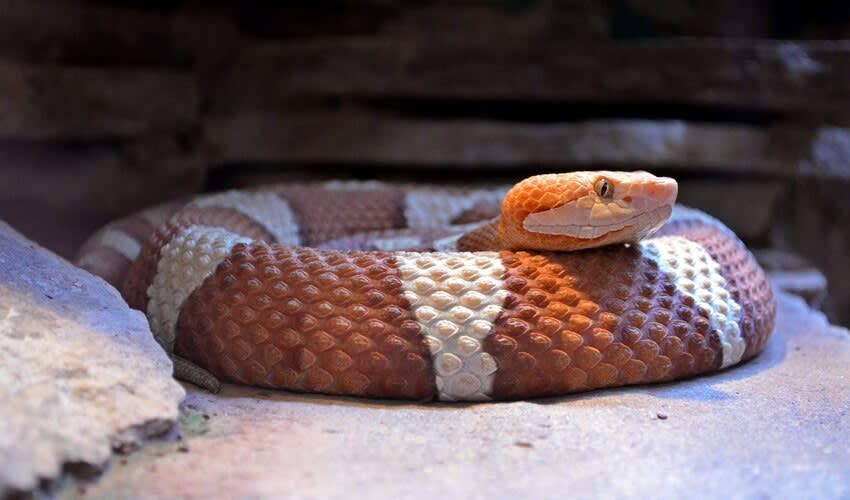Viperidae – Vipers
Some rattle and some don’t, but you better be warned because they all have a deadly slit-eyed stare, long fangs, and a lethal bite
A globally distributed family of venomous snakes, encompasses two main subfamilies: vipers or adders (Viperinae) and pit vipers (Crotalinae). Found on every continent except Antarctica and a few isolated islands, these snakes are renowned for their potent venom and distinctive anatomical features.
All members of the Viperidae family possess long, foldable hollow fangs that are capable of delivering venom deep into their prey or potential threats. Vipers, characterized by their stocky build and short tails, are known for their triangular heads, a hallmark feature of the family.
Pit vipers, including rattlesnakes and copperheads, exhibit additional distinguishing characteristics. They possess specialized heat-sensitive pit organs located just below their eyes on both sides of their heads. These pit organs allow pit vipers to detect infrared radiation emitted by warm-blooded prey, providing them with a unique advantage in precisely locating and striking their targets.
One of the most iconic features of pit vipers is the rattlesnake’s tail, which is adorned with keratinized segments that vibrate rapidly when the snake is threatened, producing the distinctive rattling sound for which they are named. This warning signal serves as a deterrent to potential predators and humans alike, alerting them to the snake’s presence and warning them to keep their distance.
While viperid snakes play important roles in their ecosystems as apex predators, their venomous nature poses a significant threat to humans. Viperid bites can be potentially fatal, with an estimated 30 to 40 thousand people succumbing to snakebite envenomation annually, with the majority of fatalities occurring in Asia, particularly in countries like India.
Genera in this family
Known for producing buzzing rattling sounds with their tails
Their venom, a potent blend of molecules honed through time, serves as both a weapon and a tool for survival
Small in size, strong in venom
Known for the ability to inflate themselves when triggered
Small venomous snakes found in Asia, Africa and Arabia; also named saw-scaled vipers
These slender and arboreal also called palm-pitviper; occur mainly in Central America
Also known as American moccasins; endemic to North America
Where beauty meets danger
Can detect vibrations in the sand, allowing them to sense the movement of potential prey or predators even when buried










